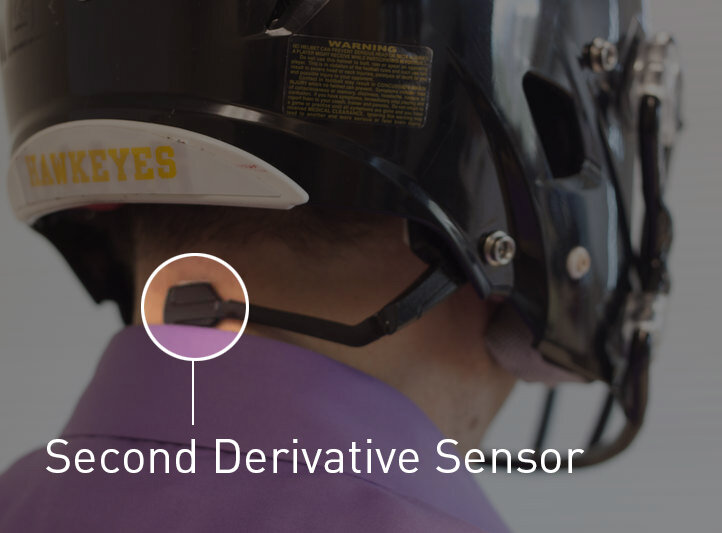2nd Derivative: lightweight microsensors to detect head impacts and prevent repeat injuries
Thanks to the long overdue focus on preventing recurrent head impacts in sports, there are currently several commercial accelerometer sensors available to athletes that purport to measure critical head impacts. In scientific studies, however, the accelerations those devices measure don’t correlate well with mild traumatic brain injury incidence. Most available devices only measure linear acceleration of the head from a single location, and most can’t measure impact severity beyond a threshold of ±16 g, which is an order of magnitude less than common head impacts on the field. Many chronic neurological injuries are the result of shearing of neural fiber tracks, and Vulintus’ 2nd Derivative sensor is designed specifically to detect rotational acceleration and acceleration of the head relative to the body (up to ±160 g) that places these fibers in tension. Once validated, the 2nd Derivative sensor might provide a more predictive measure of the types of accelerations that result in subtle brain injuries on the field..
An example of acceleration impact data captured on-field by Vulintus’ 2nd Derivative sensor in a high-school football game. Differences between the neck (X1, Y1, Z1) and head (X2, Y2, Z2) sensors shows a significant rotational impact component other systems might miss.


